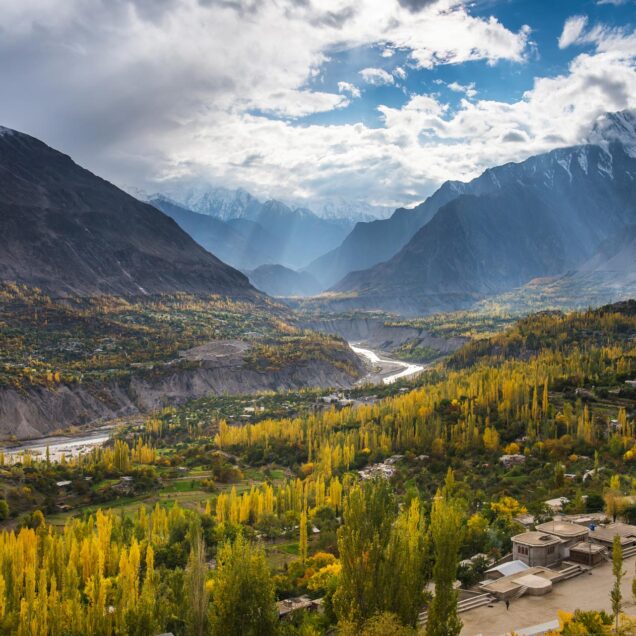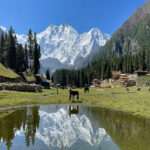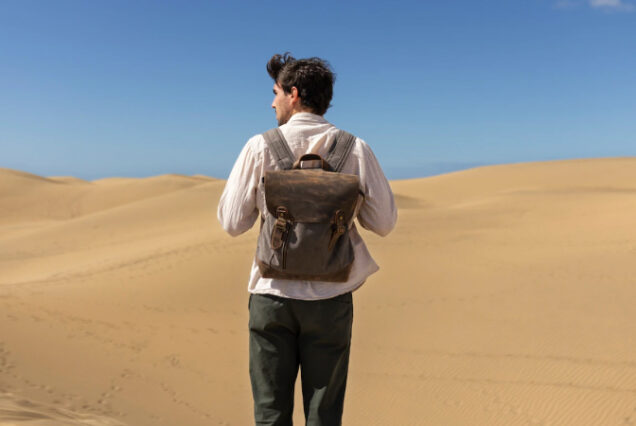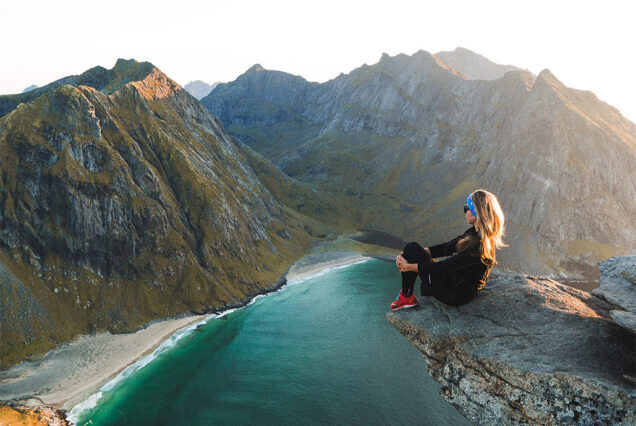

Overview
The mesmerizing journey to Hunza takes travelers on a path through some of Pakistan’s most awe-inspiring landscapes. Nestled in the Karakoram Range, Hunza is a perfect blend of breathtaking mountain views, ancient culture, and serene valleys. This experience offers a unique opportunity to discover picturesque villages, crystal-clear rivers, and the legendary hospitality of the Hunza people. From the iconic peaks of Rakaposhi and Ultar Sar to the historical Baltit Fort and serene Attabad Lake, Hunza invites visitors to explore its beauty, history, and tranquility, making it an unforgettable destination for adventurers and culture seekers alike.
Map
Info
Hunza, Pakistan – A Paradise on Earth
Hunza is a picturesque valley in the Gilgit-Baltistan region of Pakistan, renowned for its breathtaking landscapes, rich culture, and welcoming community. Often called “Heaven on Earth,” Hunza is a top destination for nature enthusiasts, adventure seekers, and cultural explorers.
Key Highlights
- Location: Nestled in the northernmost part of Pakistan, along the Karakoram Highway (KKH), Hunza lies close to the borders of China and Afghanistan.
- Altitude: Ranges from 2,500 meters (8,200 feet) in the valley to over 7,788 meters (25,551 feet) at Rakaposhi.
- Language: The primary language spoken is Burushaski, along with Wakhi and Shina. Urdu and English are also understood.
- Climate: Mild in summers and cold in winters, with snow-capped peaks visible year-round.
Historical and Cultural Significance
- Hunza has historically been a significant trading route on the ancient Silk Road.
- The valley was once a princely state until it was dissolved in 1974.
- Known for its diverse and harmonious communities, Hunza’s residents are predominantly Ismaili Muslims, followers of the Aga Khan.
Spectacular Tourist Attractions
- Baltit Fort: A 700-year-old fort that served as the residence of Hunza’s royal family.
- Altit Fort: An ancient fort overlooking the Hunza River, restored to preserve the region’s history.
- Attabad Lake: A turquoise-colored lake formed after a landslide in 2010, offering boating and fishing.
- Passu Cones: Iconic jagged peaks, also known as “Cathedral Peaks,” that create a dramatic backdrop.
- Khunjerab Pass: The world’s highest paved border crossing between Pakistan and China, at 4,693 meters (15,397 feet).
- Rakaposhi Viewpoint: A scenic spot to admire the grandeur of Rakaposhi, a peak standing at 7,788 meters.
Adventure and Nature
- Trekking: Trails like Ultar Sar, Rush Lake, and Passu Glacier are popular among trekkers.
- Mountaineering: The valley offers access to some of the world’s highest peaks in the Karakoram Range.
- Wildlife: Home to snow leopards, ibex, and Himalayan brown bears.
Lifestyle and Longevity
- Hunza is famous for the longevity of its residents, often attributed to their healthy diet, active lifestyle, and pure environment.
- Apricots, walnuts, and organic fruits are dietary staples.
Local Culture and Festivals
- Cultural Preservation: Traditional music, dance, and festivals like Ginani (harvest festival) reflect the valley’s vibrant heritage.
- Handicrafts: Hunza is known for its intricate embroidery, woolen shawls, and gemstones.
Access and Accommodation
- By Road: Easily accessible via the Karakoram Highway, with breathtaking views along the route.
- By Air: Flights to Gilgit, followed by a scenic drive to Hunza.
- Hotels and Guesthouses: A range of accommodations, from luxury hotels to budget guesthouses, cater to all types of travelers.






